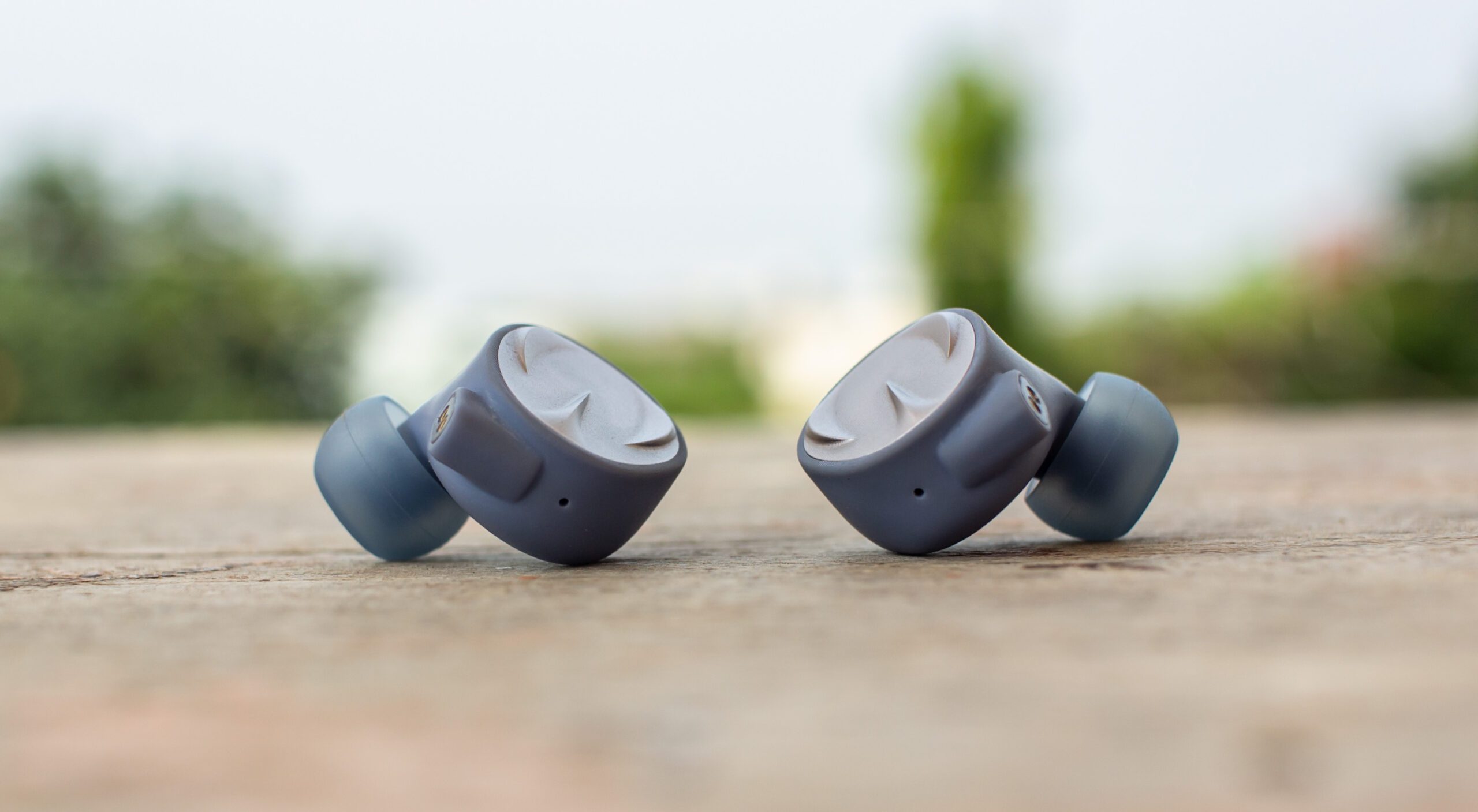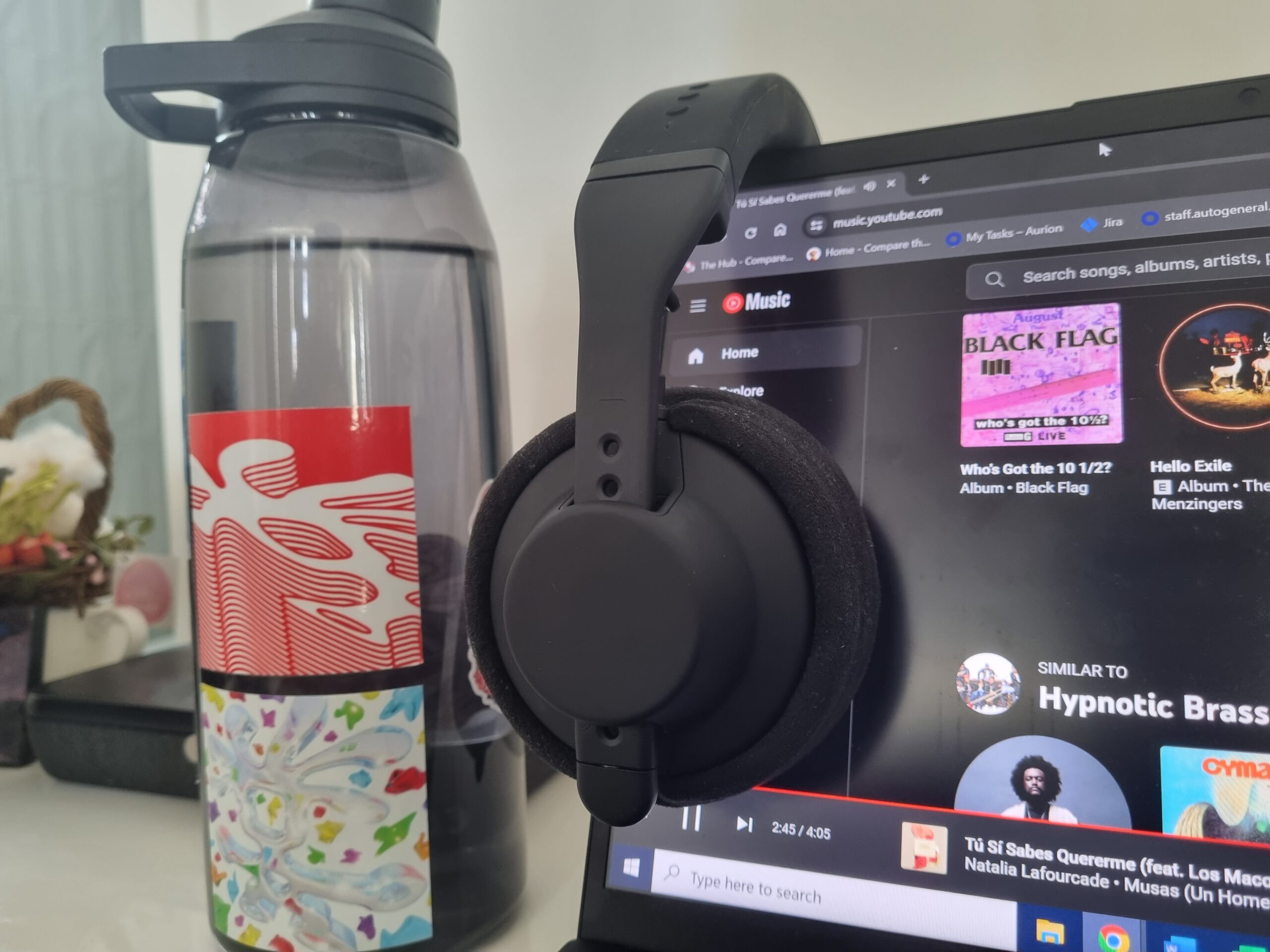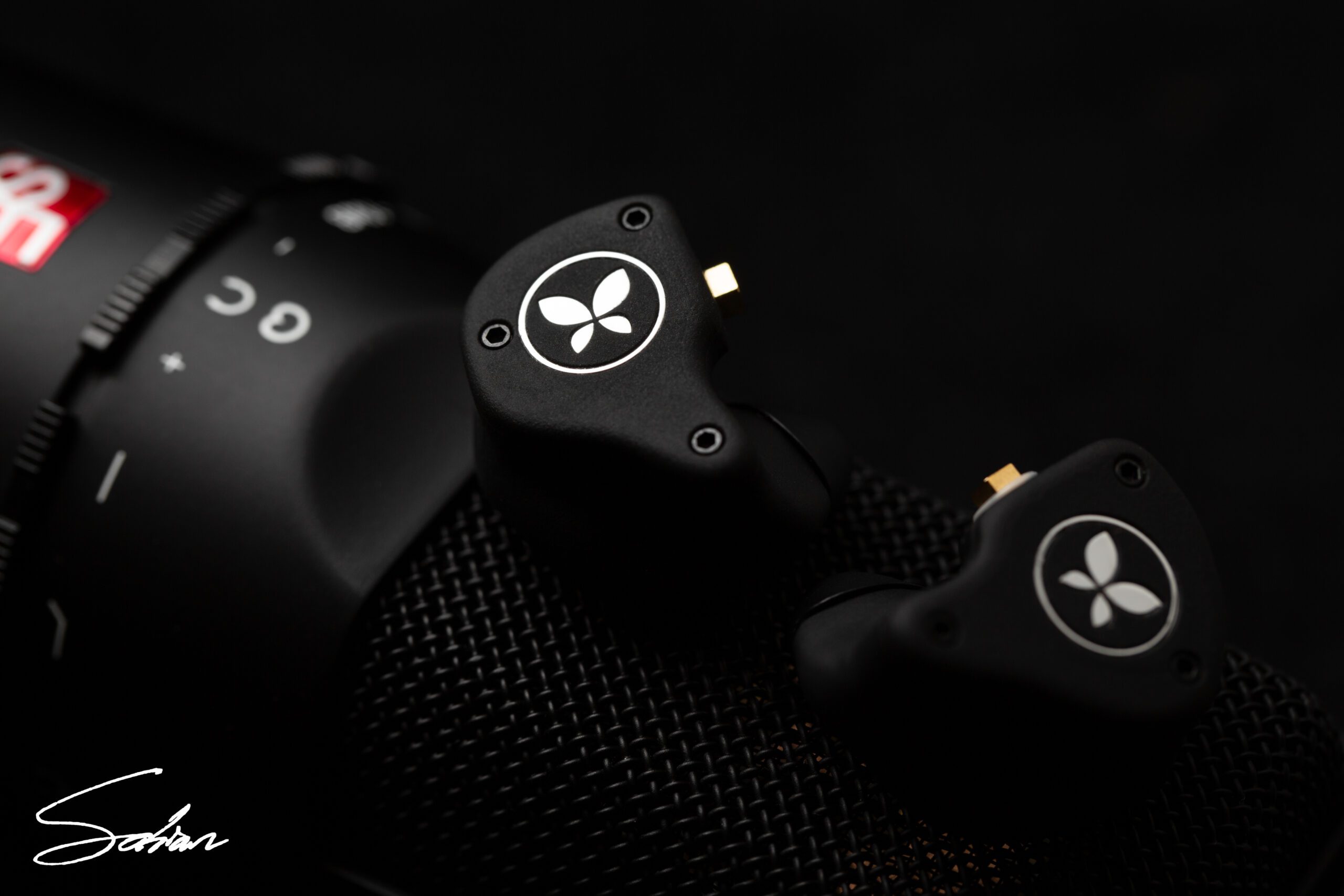Pros –
Excellent bass extension and control, Highly musical midrange, Clean yet detailed top-end, Excellent finish and flexible housing design
Cons –
Bass can lack dynamics, Very source sensitive
Verdict –
The Craft Four represents outstanding value and is best suited for those wanting a balanced, musical earphone with smooth, prominent vocals and airy highs.
Introduction –
Call it cliché but audio is reaching brand saturation leaving little room for new companies to breathe. In so doing, bolstered features and specs have become commonplace, a prime cause of jaded and sceptical consumers. Within such an environment, it was the modesty of Craft Ears and its Polish lead designer Jedrzej that caught my eye and ear. It was only after getting to know Jed that I realized he was onto something special. So when he offered to send over the Craft Four, I jumped on the opportunity. Coming in at 550 euros, the Craft Four utilizes high-accuracy DLP 3D printing, and four BA drivers arranged with a 4-way electric crossover. The company has a focus on both musician and audiophile consumers which is demonstrated by the well-balanced tunings on offer. You can read more about the Four and order them for yourself here.
Disclaimer –
I would like to thank Craft Ears very much for bearing with my questions about their designs and for providing me with the CE4 for the purpose of review. All words are my own and there is no monetary incentive for a positive review. Despite receiving the earphones free of cost, I will attempt to be as objective as possible in my evaluation.
Accessories –

My Four did not come with any official packaging. Nonetheless, the earphones are well protected within a Westone vault-style case with the buyer’s name, earphone designer and the earphone model designation inscribed onto the metal faceplate. A cleaning tool is also provided in order to aid continued performance.
3D Printing & Customization –
As aforementioned, Craft Ears implement advanced DLP 3D printing in the production of their earphones which grants smaller, newer brands access to professional quality. As it is a digital process, users with digital ear impressions are able to email the file to the company, removing the variability, cost and shipping associated with traditional physical moulds. Jed is also able to rectify fit issues by digitally alter the shape of the earphones with ease. I experienced this first hand where, due to faulty moulds, I had difficulty achieving a seal on my left earpiece.
Jed was able to print a new earpiece which was shipped promptly just two weeks later. The new housing fits me perfectly with a strong seal and perfect comfort as with the right one. Such a process would have been greatly elongated with physical moulds. Custom designs can be ordered by emailing Craft Ears directly while their customizer provides basic adjustment for those valuing a prompter turnaround. Changing the faceplate material incurs additional cost.
Design –
The printing process also grants access to sophisticated and visually stunning designs such as the hybrid wood/resin design showcased on his website. Though hardly sophisticated, I couldn’t be happier with the finish on my unit; featuring flawless piano black housings adorned with unique dyed wooden faceplates with gold and blue swirl.

Silver craft ears logos are embellished on each earpiece, providing depth alongside an immaculate clear coat. These earphones are finely sculpted, seamless and perfect, I am really impressed with the results that even experienced manufacturers utilising older processes can not achieve. This is a huge step forward for custom earphones and Jed is making a wonderful example of it.
Fit & Comfort –
Fit was immediately reminiscent of Custom Art’s earphones which is to say, among the most comfortable I’ve tried. They reach a medium depth that doesn’t aggravate the inner ear as some deeper fitting custom monitors can. Noise isolation isn’t quite as good as these models nor solid body customs, however, it is excellent and surely better than even the best universal earphones. When used on air travel or public transport, they effectively drown out all but a minute level of rumble at the very lowest frequencies. These are a dream for travellers due to their combination of comfort and almost flawless isolation, though those intending to use them on the streets should walk with caution!

The cable is a standard CIEM unit, interfacing via standard 0.78mm 2-pin connectors and OFC conductors in a 4-wire configuration. It’s pliable, supple and generates minimal microphonic noise when combined with an over-ear fit. The ear guides are memory wire, routing confidently over the back of the ear to enhance fit stability. These units appeared to hold their shape well. This is finished off with solid strain relief on all terminations and a low-profile right-angle 3.5mm plug to round off a positive fit and design experience.



